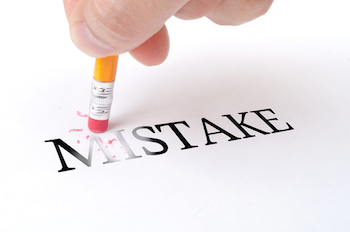As a musician, names can mean a lot.
When it comes to owning a piano, having one of the better names such as Steinway, Chickering or Knabe on display can be a source of pride and accomplishment.
But upgrading from the family heirloom that’s been passed down generation to generation, to an in-demand piano can present its own set of challenges … mainly cost.
Yet in today’s world, finding a “diamond in the rough” seems like a pretty easy thing to do. All it takes is a quick scan on Craigslist to find many bargains listed with great names, and even better price tags. How can you say no to a bargain?
The ads always go something like this:
Used Steinway piano in good condition
Stored in heated garage for past 15 years
Needs some refinishing work
$100
Wow! What a deal.
The picture shows the stain is gone in places, but overall, it looks like its in good condition. A little staining, maybe tuning it a little, and it should be good to go.
“I’ll take it!” And the deal is complete.
Unfortunately, if you truly want a piano you can play, that sounds good, and will add years of enjoyment to your life, you may have just made the worst deal of your life.
Here’s why.
The first step is getting your “new” piano home. You can pay to have a professional piano mover move the piano from the heated garage to your home. Or if you stick with the bargain concept, you can get a few friends to help you move it. That will involve renting a truck and finding several people that are willing to move a several hundred pound instrument into place. And pianos aren’t an easy thing to move; they are large, their weight is disproportionately placed in several areas, they are bulky, they are heavy, and they have tiny legs that can easily be broken off. And that’s just the outside. Heavy banging or sudden jarring can cause even more damage to the intricate pieces on the inside that give a piano its life and its sound.
Once you get it to its final resting spot in good condition, its time to call in the experts. If a piano has been sitting in storage for 15 years, you can bet it hasn’t been tuned in at least that long. Is the pinblock still in good shape? Are the strings in working condition? Will it hold a tune? How much time will it take to get it into tune? This is where the fun can begin, and where your real cost can start. In the best scenario, it can take a simple tuning, revamping a few strings, and regular maintenance to bring it back into playable condition. At the worst, it may not be playable without extensive restoration.
Even though it’s a Steinway, even Steinway’s have different values. Has it been damaged in its life? Is it an upright or a grand? Does it have a full range keyboard? There are a lot of variables that will determine its ultimate worth, both before and after potential restoration.
While each phase takes time, it also takes money. And unless you are a trained professional, most are projects you simply can’t take on yourself. In some cases it may take hundreds or even thousands of dollars to bring a piano back into good working condition. And if you don’t have the time or the money to do it, it may wind up back in the garage once again – only now its in your garage instead.
If playing the piano is your goal, start with a piano in playing condition from the moment it arrives in your home. And start making beautiful music tonight.

